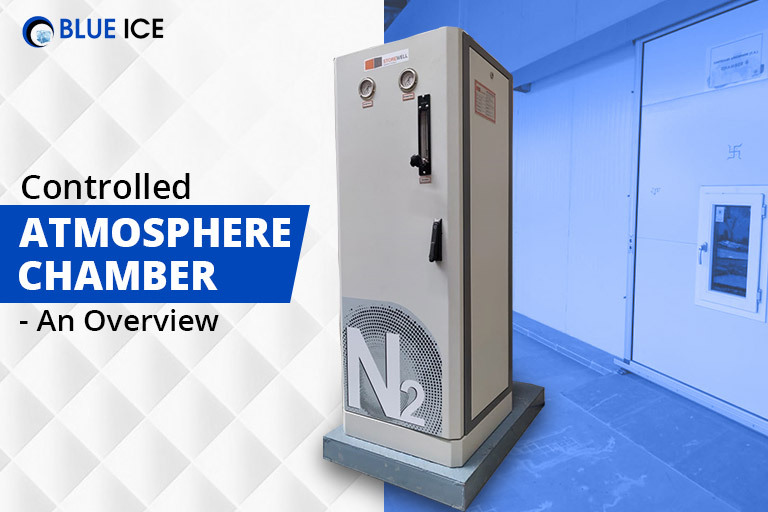
Cold Storage Company

Cold Storage Company

Have you ever wondered how this is possible when you see apples and pears in the store's land after the harvest has ended?
This is made possible due to a remarkable process called controlled atmosphere storage (or simply CA), which is used to extend the life of apples, pears, and other foods.
The atmosphere chamber was first invented by "Jacques-Étienne Berard" in 1819.
A controlled atmosphere chamber is an enclosed space in which the atmosphere can be controlled in terms of temperature, humidity, and air pressure. This type of chamber is used in various industries, including the food and pharmaceutical industries, to maintain optimal conditions for the products stored inside.

They are beneficial as they have low temperatures preventing all the fruits and foods from bacteria and fungi. It ensures that the food will retain most of its original quality.
It works as a GUARD because it stores the food and maintains its quality after the harvest.
Controlled Atmosphere Storage mainly stores two types of commodities which are dry and fresh fruits. Let's read why.
It involves maintaining an atmospheric composition that is different from air composition.
In this, oxygen is below 8%, and carbon dioxide is around 1%. A nitrogen generator is used to achieve a pull-down of oxygen content. Therefore, it cannot improve product quality. However, it maintains its quality of it.
A controlled atmosphere chamber is a highly specialized type of storage facility that is used to store products sensitive to oxygen, moisture, or other atmospheric conditions.
These chambers are designed to maintain a specific atmosphere inside the compartment that is different from the atmosphere outside the chamber.
This allows the products inside the chamber to be stored for an extended period.
It is also known as "Storage systems." To maintain the quality of the chambers, five things must include, which are:
So many manufacturers of atmosphere chambers will provide you with different varieties. Let's have a look:
These are just a few varieties of it.
A controlled atmosphere chamber is a great option to restore the quality of your food even after months of harvest. The purpose of this article was to give you a basic understanding of the importance of the controlled atmosphere chamber.
We hope you learned a little about each unit and can use this information to determine which one will work best for your needs. Thank you for reading - we're always excited to share more details with you!
Queries
A. Adjusted atmosphere storage refers to a gas composition that has been originally modified, whereas controlled atmosphere storage refers to a continually controlled gas environment.
A. Fruit and vegetables ripen by breathing in various gases, therefore the use of a controlled atmosphere extends their shelf lives by regulating this "breath" and slowing down the ripening process.
A. Modified environment packaging techniques primarily save fresh food by reducing its oxygen exposure. Oxygen causes oxidation, which can result in rotting, coloring, and off-flavors and textures.